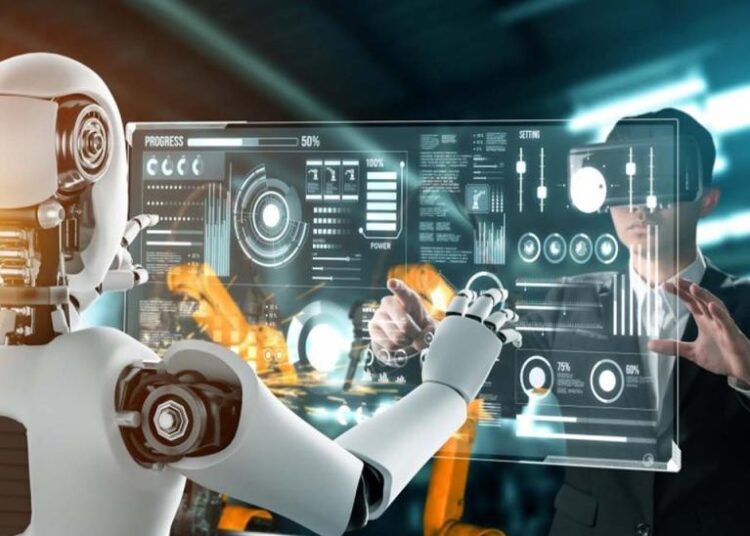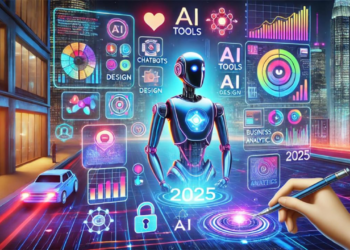The robotics sector has experienced very rapid growth over the last decade, and things are even more promising with developments on the rise. From automating industries to widespread integration in human activities with artificial intelligence (AI), robotics is transforming how we live and work. Here, we trace the history of robotics, starting from its creation in automation up to its destiny as a method of enhancing human-AI partnership.
The Emergence of Automation: Robotics in Industry
Robot-driven automation has already penetrated significantly into all industries, and in particular manufacturing. Robots have been utilized in repetitive tasks since times immemorial for work like car manufacture or packaging products. Productivity increased, errors by humans ceased to exist, and expenses went down through such robots. Automotive, electronics, and pharma sectors have adopted robotic systems on a large scale to increase business efficiency.
While robots were being used to execute some mundane works, they introduced new opportunities. They allow for the human workforce to be relieved of mundane chores to work on advanced, inventive, and strategic tasks. The widespread expansion of automation, however, raises issues about what future holds for the workers and how reskilling should be taken care of.
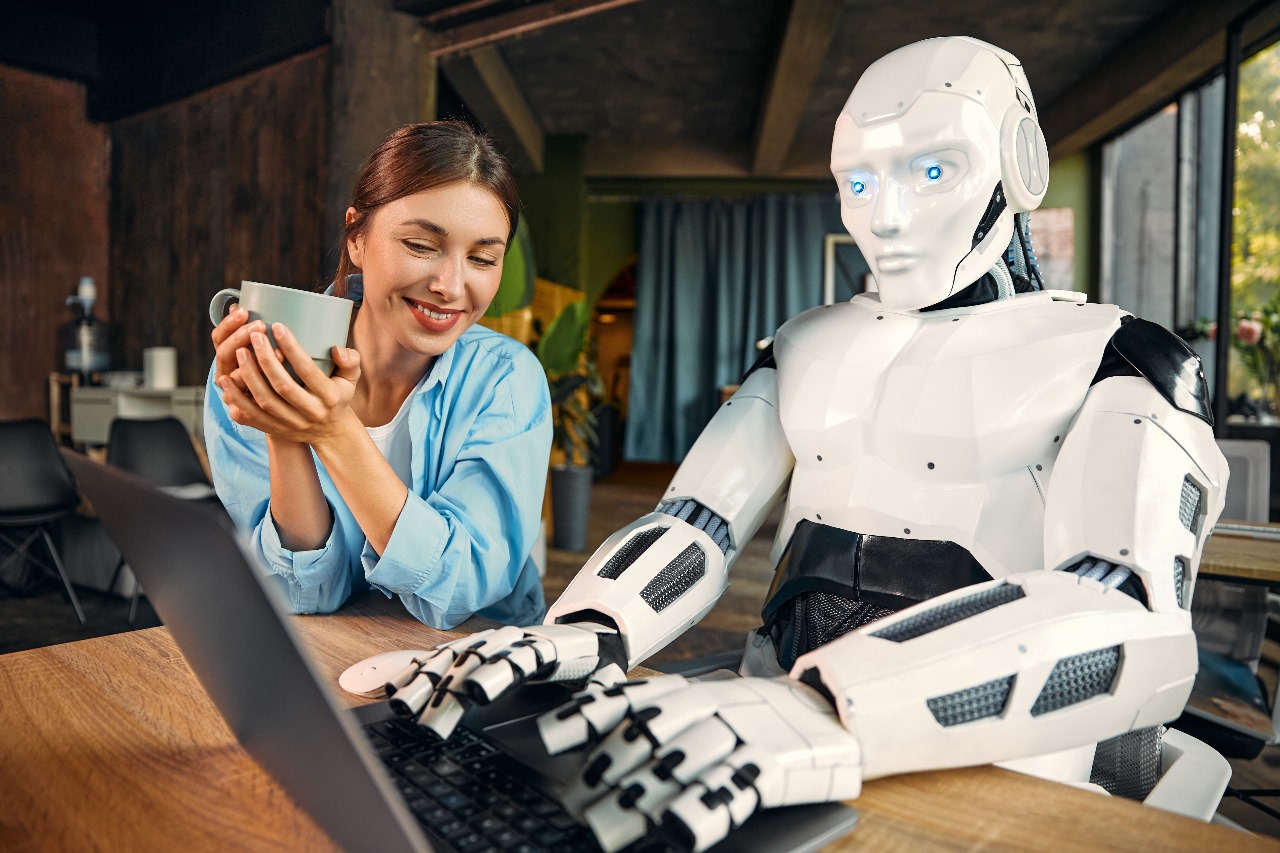
From Automation to AI Integration
The robotics future is about the merging of robotic systems with artificial intelligence (AI). Pre-programmed commands are used by automation, while AI allows robots to learn, adjust, and decide based on real-time data. The marriage of robotics and AI gives rise to more intelligent, flexible, and autonomous robots.
For example, AI-enabled robots can process huge amounts of data and make real-time decisions in industries including healthcare, logistics, and agriculture. In healthcare, robots that are AI-enabled can assist surgeons in surgeries by analyzing patient data and providing inputs. In logistics, driverless robots can automate inventory management by making forecast predictions of stock levels and adjusting operations accordingly.
Human-AI Collaboration: Enhancing Productivity and Creativity
With the evolution of robotics, the future awaits for robots to assist humans rather than replace them. This collaboration between humans and AI robots will revolutionize many sectors like medicine, education, and creative industries.
- Healthcare: AI-enabled robots will assist health professionals in diagnosis, monitoring, and treatment of patients. Robots may even assist doctors in performing complicated surgeries with high precision. Robots with AI can also provide personalized care for elderly patients and improve their life quality, thereby allowing medical professionals to focus on more critical matters.
- Education: In education, human-AI collaboration can transform learning for each individual student. AI-driven robots can instruct students, provide instant feedback, and adapt learning material based on a student’s pace and progress. Teachers, meanwhile, could focus on nurturing creativity and critical thinking among their students.
- Creative Industries: In the creative industry, robots and AI can work together with artists, designers, and musicians to bring forth new ideas. AI-generated art, music, and design are already being piloted, and robots could help artists experiment with new techniques, materials, and ideas. This synergy has the potential to push the boundaries of creativity.
- Customer Service: AI-powered robots can be implemented in customer service to provide real-time, individualized responses, enhance customer satisfaction, and free human agents to handle higher-level questions.
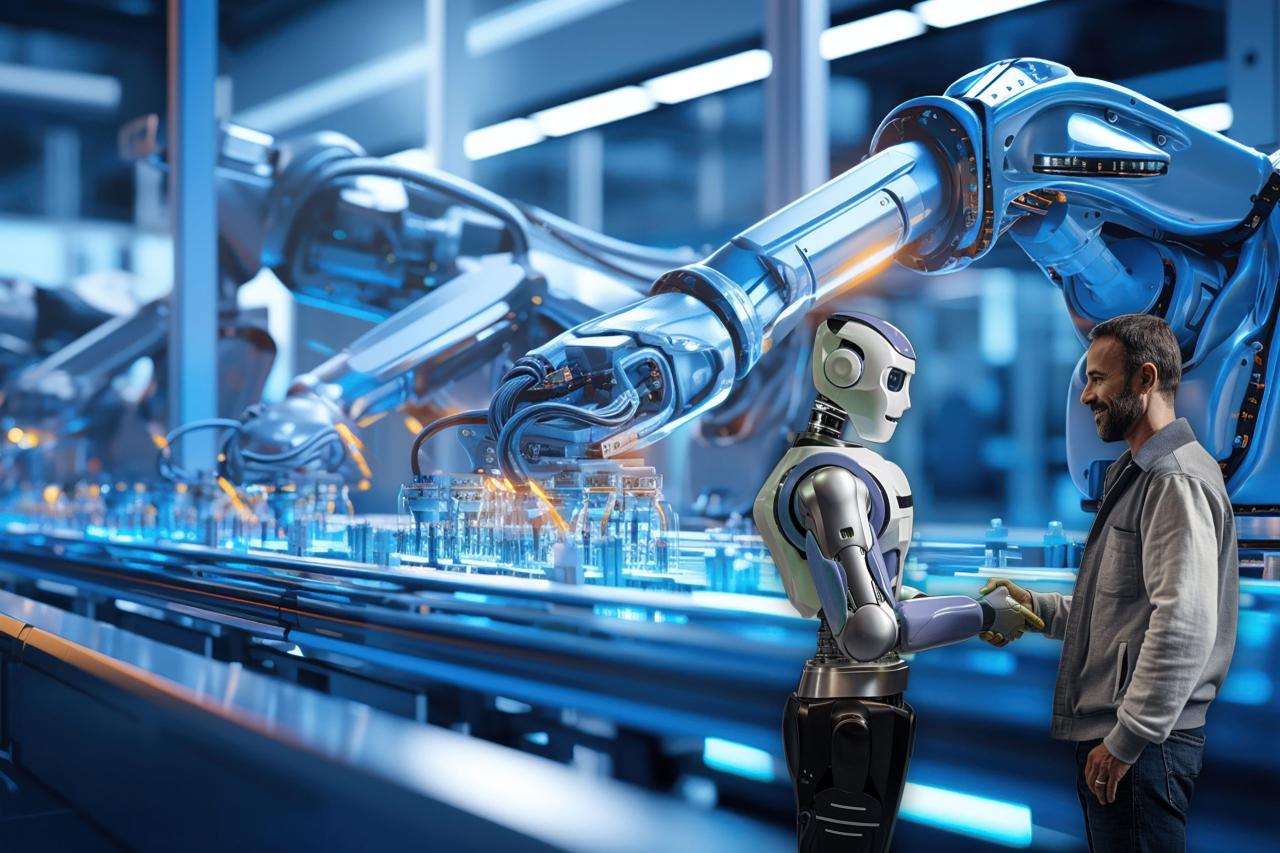
Challenges and Ethical Issues
Although the prospects of robots and AI are good, there are several challenges and ethical issues to be addressed:
- Job Displacement: As more work is being done by robots, there are fears of widespread job displacement, particularly where industries are based on manual labor. Automation will create new jobs, but there has to be a focus on reskilling the workforce and preparing them for employment in new sectors.
- Data Privacy and Security: AI-powered robots collect vast volumes of data, ranging from business operations to personal data. Privacy and security of such data have to be ensured to prevent misuse and breaches.
- Ethical Decision-Making: AI systems should be programmed to make ethical decisions, especially in healthcare and autonomous vehicles. Stopping AI robots from crossing ethical limits will require aggressive programming and surveillance.
- Human-Robot Interaction: Human-robot interaction will also be a big part of robotics in the future. Robots would need to become intuitive and empathetic in order to work properly together. Robots would need the ability to decipher humans’ behaviors, intentions, and emotions as well.
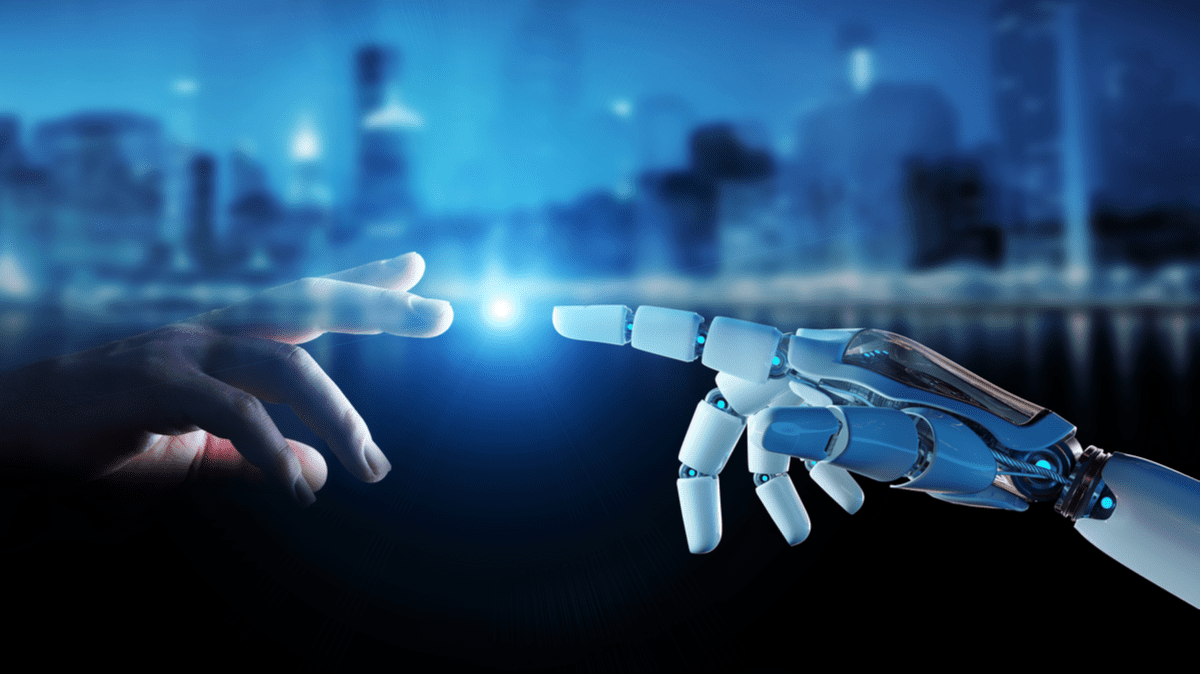
The Future of Robotics: Endless Possibilities
The future of robotics is bright and hopeful. As automation advances, the prospect of human-AI collaboration shines brighter. Robotics will not only replace human labor but also augment their abilities, enabling humans to achieve new heights of productivity and creativity.
In the future, robots will fit in smoothly across various industries, increasing efficiency, safety, and quality of life. From health to entertainment, robots and AI will support humanity, making technology supplement human potential.
The journey from automation to human-AI partnership in robotics is a thrilling one. As robots become smarter, more adaptable, and capable of working with humans, they will redefine industries, create new opportunities, and improve our lives. As daunting as these tasks are, the potential of robotics and AI partnership is gigantic, ushering us into a more innovative, productive, and creative future.

